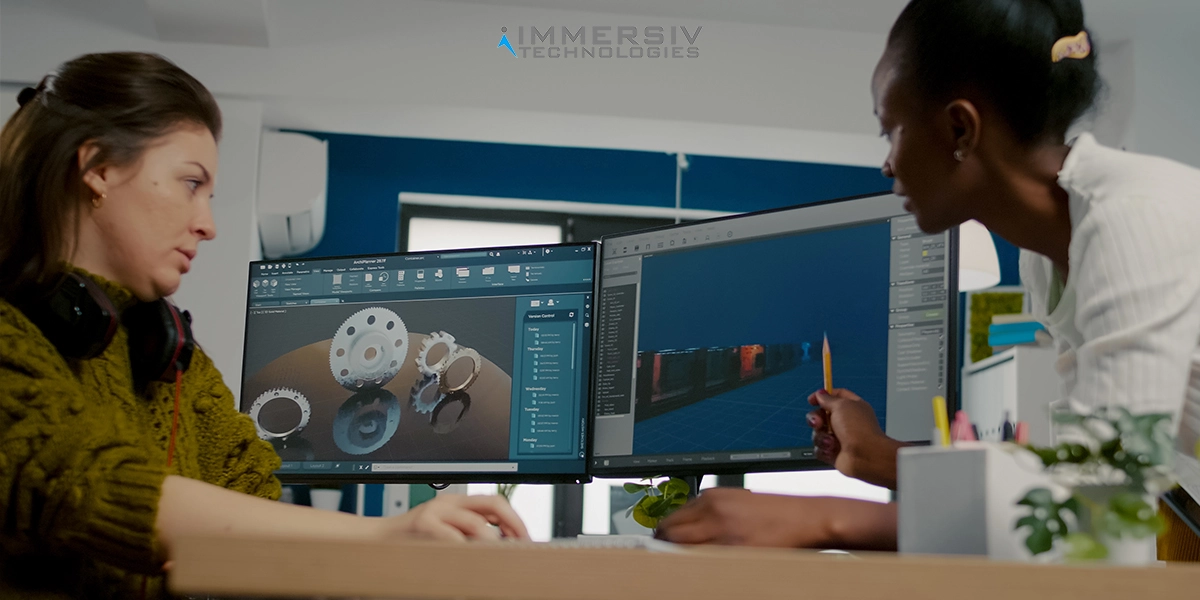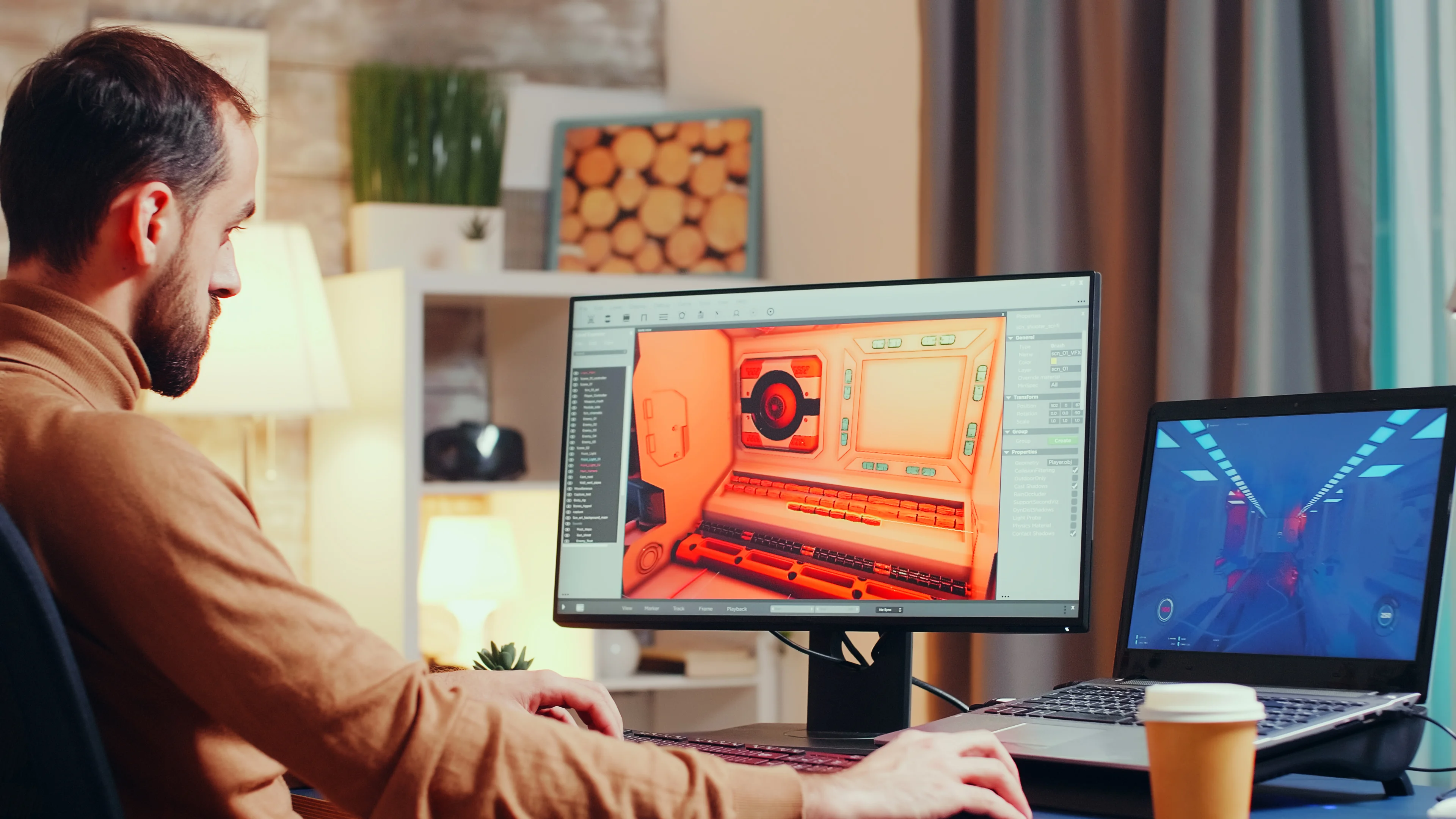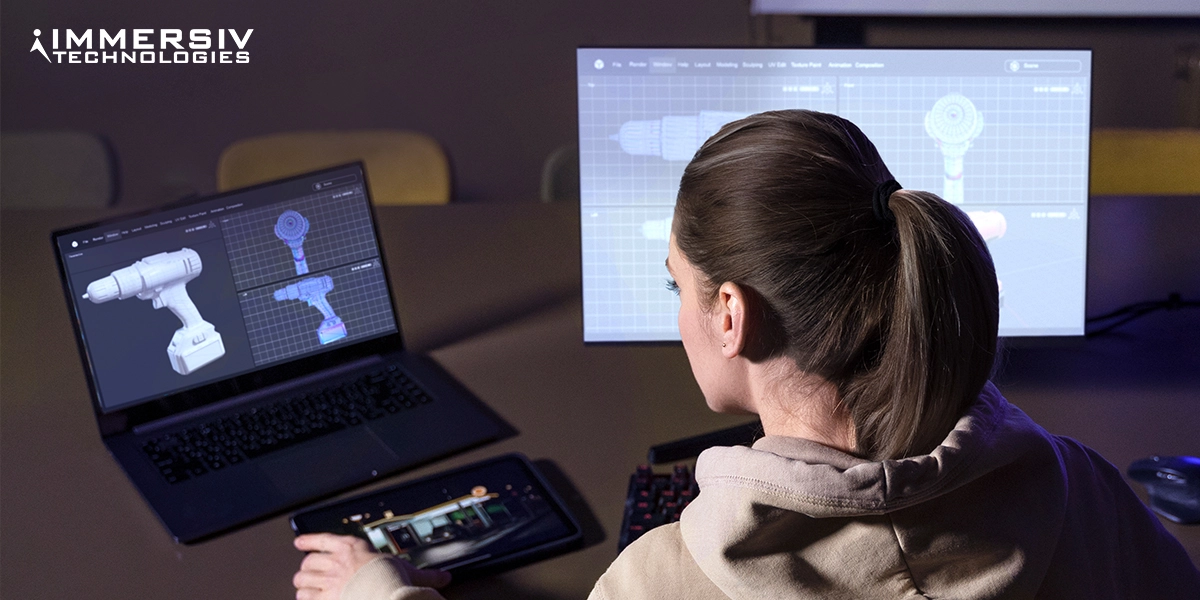Table of Contents
In a world characterized by relentless hustle and constant innovation, technology has emerged as a transformation catalyst. Often underrated and overlooked in this digital revolution, 3D design solutions stand tall, reshaping how we approach and solve complex design problems. It has rendered our challenges more manageable, offering a seamless means to streamline operations and manage workflows.
Before the period of 3D designs, project completion timelines were extended, leading to missed opportunities and delayed revenue streams. With the integration of design solutions, we have witnessed a remarkable reduction in timelines, resulting in a surge in completed projects. This accelerated pace has boosted productivity and efficiency.
Understanding 3D Design
At its core, 3D design is a game-changer. It harnesses the power of three-dimensional modeling to streamline and enhance various processes. These services bridge the gap between concepts and reality by providing a visual, data-rich environment where designs, prototypes, and workflows can be refined and optimized with remarkable accuracy.

Applications across Industries
3D design exceeds industries, revolutionizing product development, architecture, healthcare, manufacturing and more with precision and innovation. It enhances visualization, prototyping, and efficiency in diverse sectors.
Manufacturing
- Product Prototyping: 3D design is pivotal in creating prototypes for new products, enabling engineers to validate designs before mass production.
- Process Optimization: It aids in optimizing manufacturing processes through digital simulations, reducing errors, and enhancing efficiency.
Furniture
- Design Visualization: In furniture design, it allows for realistic visualization of products before production, aiding in design refinement.
- Customization: It facilitates customization by visualizing and modifying furniture designs according to customer preferences.
Automotive
- Vehicle Design: Automotive engineers use 3D design to create detailed vehicle models, evaluate aerodynamics, and optimize fuel efficiency.
- Crash Simulation: 3D simulations are critical for conducting crash tests and ensuring vehicle safety.
Healthcare
- Medical Device Design: 3D design is integral to designing and prototyping medical devices, including implants and prosthetics.
- Anatomical Models: It creates accurate anatomical designs for surgical planning and medical education.
Fabrication
- Sheet Metal Fabrication: It aids in creating precise sheet metal parts and assemblies, reducing material waste.
- Welding Simulation: It simulates welding processes, ensuring structural integrity in fabricated components.
Architecture and Construction
- Architectural Visualization: Architects use 3D designs to visualize building designs, analyze spatial arrangements, and assess aesthetics.
- Structural Analysis: Structural engineers need to simulate loads and analyze structural integrity, ensuring safety in construction.
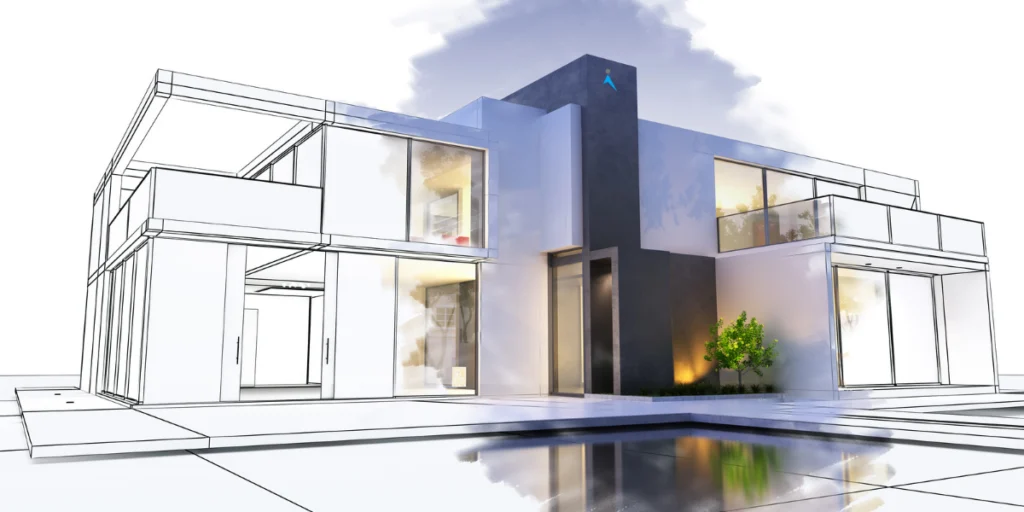
The Benefits of 3D Designs
The adoption of this design services brings a myriad of benefits to organizations across industries.
- Improved operational efficiency and sales speed: Creating a 3D design accelerates and streamlines the entire process, leading to faster results.
- Elevated revenue generation: Swift design translates into more quotations and successful deals.
- Enhanced quality: Utilizing constraint-based product validation and conflict resolution ensures that the 3D design process consistently produces error-free solutions, thereby preventing costly design mistakes.
- High success rate: By effectively translating customer requirements into technical solutions, your designs align better with clients’ business needs, increasing product compatibility and the number of successful deals.
- Amplified innovation: The 3D design process reduces the time between design and execution, freeing up engineering resources to foster innovation and drive revenue growth.
- Better Collaboration and Communication: 3D designs simplify communication between design teams and stakeholders. These models serve as a common reference point, ensuring clear understanding of the project’s objectives and design details.
- More Sustainability: Businesses can meet product sustainability standards by employing 3D designs to evaluate numerous design options.
Future Trends
3D design is an evolving field with several emerging trends shaping its future.
Model-Based Design (MBD)
Manufacturers heavily rely on design documentation to guide their entire development process, covering manufacturing, procurement, quality, and service. A notable innovation in this field is the adoption of model-based definition (MBD), a 3D model containing product and manufacturing information that serves as a comprehensive source of truth for mechanical hardware. MBD necessitates transformations both within and outside the engineering department.
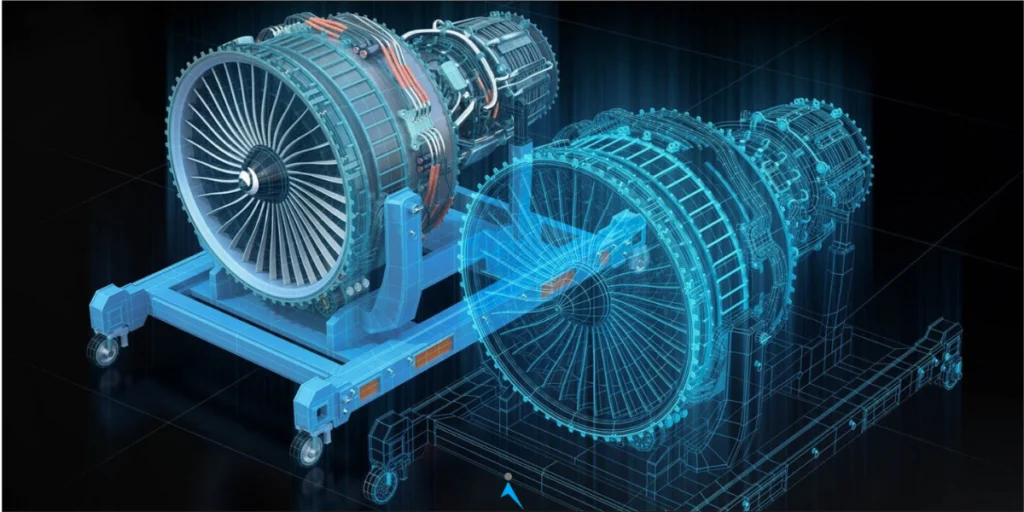
Digital Twins
They are rapidly gaining prominence in various industries, including manufacturing, healthcare, and urban planning. This technology crafts virtual replicas of physical products or systems. It provides a transformative approach for monitoring and simulating the real-world behavior of physical assets within a digital environment.
Immersive Technologies
Technologies like virtual reality (VR) and augmented reality (AR) are becoming integral. Creating enveloping experiences and virtual prototypes, enhancing user engagement, and testing designs in realistic environments.

Sustainability
3D design is increasingly focused on sustainability. Eco-friendly materials and techniques are playing a role in reducing waste in manufacturing processes.
Real-World Integration
With AR becoming more accessible through smartphones and wearable devices, new frontiers are explored in merging 3D elements with the real world. This trend offers exciting possibilities for retail and interactive marketing.
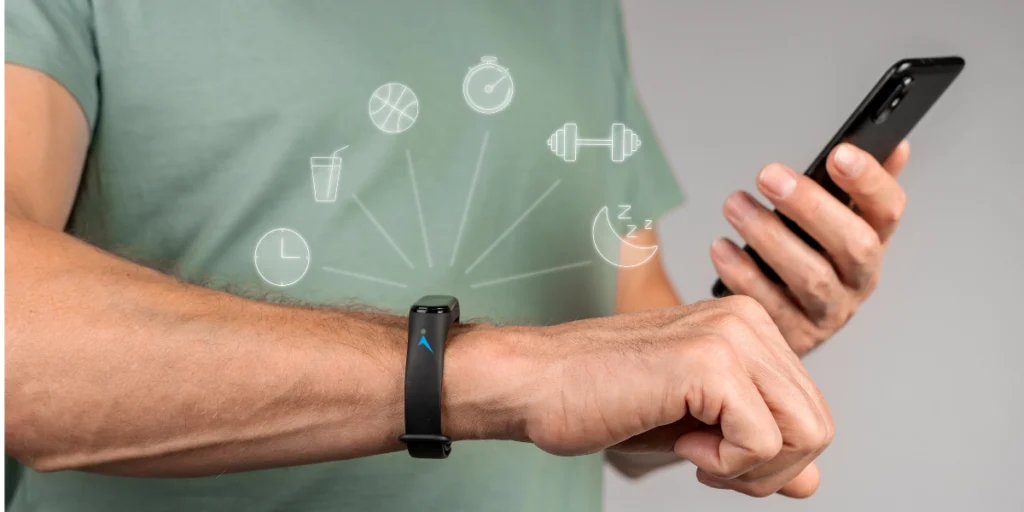
Collaboration and Efficiency
The trends emphasize more efficient and accurate design processes, greater collaboration between designers and clients, and a focus on project efficiency.
Fashion and 3D
The fashion industry is transforming with 3D technology. Virtual fashion design and virtual try-on experiences reshape how style is designed, produced, and marketed.
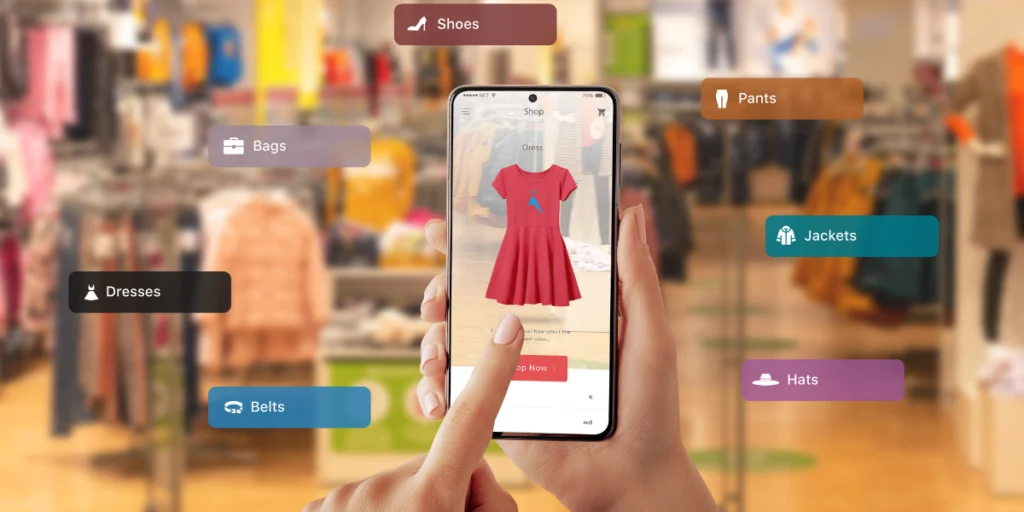
Scalability in 3D Printing
3D printing is moving from rapid prototyping to production-scale manufacturing. This trend makes supply chains resilient through digitization and enables on-demand, customized production.
These trends collectively indicate the dynamic and promising future of 3D design, offering new opportunities across various industries.
Choosing the Right 3D Design Company
While the potential benefits of three dimensional design services are undeniable, selecting the right partner is crucial.
- Seek a provider with a track record matching your industry; domain expertise ensures tailored automation services.
- Opt for a partner employing cutting-edge tech and software to guarantee design precision and efficiency.
- Insist on customization – your design solution must meet your unique requirements and goals.
- Ensure scalability in your partner – they should expand their services as your business grows.
- Prioritize support and training; seamless transition requires your partner’s ongoing assistance and team training.

Get Immersiv 3D Design Solutions
The incredible power of 3D design services has transformed the journey from concepts to reality. This technology has become a driving force in a time when accuracy, speed, and efficiency are essential. It empowers businesses to visualize, create, and refine their ideas with unprecedented accuracy and speed.
As you explore the world of conceptualization, remember that choosing the right 3D design company is paramount. You can open up new vistas of creativity, innovation, and profitability if you partner with Immersiv Technologies.
Transforming workflow with 3D design automation. Check out how it can customize dimensions, ensure standards compliance, and help achieve error-free outputs.



